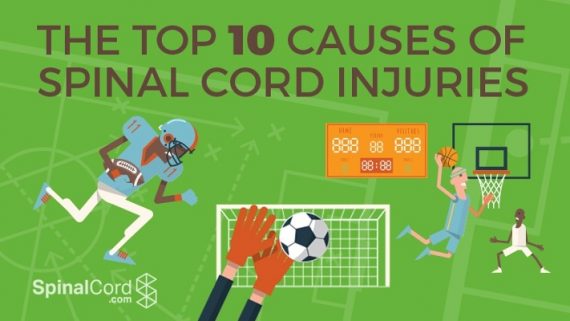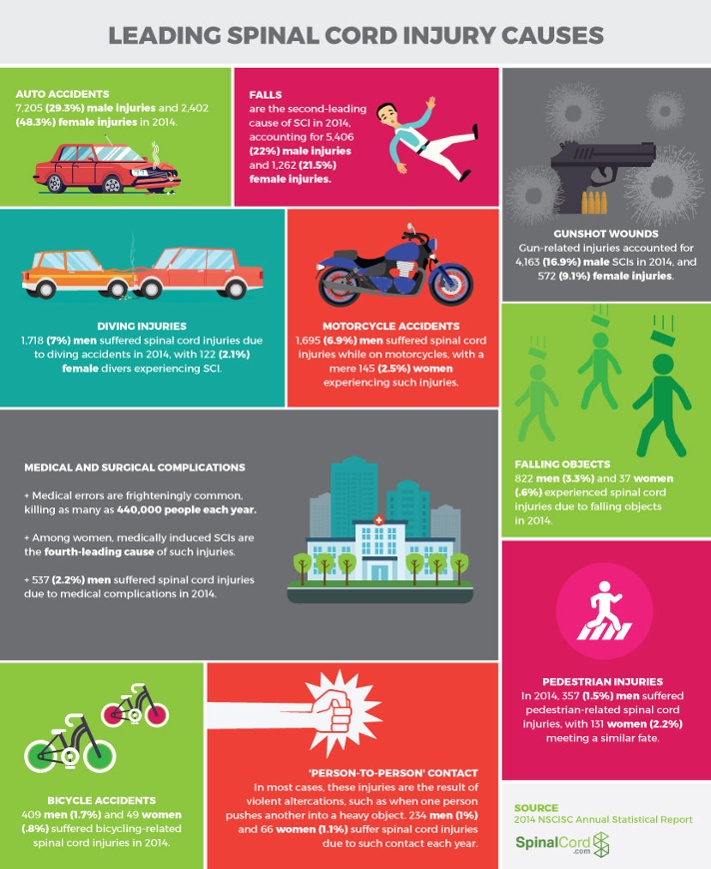This article was previously published on SpinalCord.com by Zawn Villines.
Though about 12,500 people survive spinal cord injuries each year, few people learn much about these catastrophic injuries until they are injured or must care for an injured loved one.
Most spinal cord injuries are preventable, and knowing the causes of these injuries can help you avoid becoming a victim. And if you or someone you love already deal with the frustration and pain of a spinal cord injury, knowing the most common sources of these injuries can help you feel a bit less alone.
Each year, the National Spinal Cord Injury Statistical Center at the University of Alabama-Birmingham compiles an assortment of statistics on spinal cord injuries. It’s interesting to note that, in almost all category of injuries, men are more likely to be injured than women.
Men account for more than 80% of SCI victims, and the reason for this is quite clear: men are more likely to take risks and play sports that cause SCI. Spinal cord injuries are especially prevalent among younger men, who may be more prone to playing dangerous sports or engaging in risky activities such as high-speed driving.
In 2014, the latest year for which statistics are available, the 10 leading causes of spinal cord injuries, and their percentage of the total number of injuries, were as follows.
Leading Causes of Spinal Cord Injuries, Explained
Auto Accidents
Car accidents are a leading cause of death nationwide, and people under the age of 34 are more likely to die in car accidents than any other single cause. Nationwide, car accidents claim more than 32,000 lives annually. Unsurprisingly, then, car accidents are the leading cause of spinal cord injuries, accounting for 7,205 (29.3%) male injuries and 2,402 (48.3%) female injuries in 2014.
Find out what to do after a car accident.
Falls
You don’t have to be elderly or infirm to suffer a fall. A misplaced step as you navigate stairs, a fight near a flight of stairs, or even a medical event, such as a seizure or fainting, can all lead to catastrophic falls. Such falls were the second-leading cause of SCI in 2014, accounting for 5,406 (22%) male injuries and 1,262 (21.5%) female injuries.
Gunshot Wounds
Gunshot wounds can quickly destroy a body, and even a grazing by a bullet can sever or compress the spinal cord. Gun-related injuries accounted for 4,163 (16.9%) male SCIs in 2014, and 572 (9.1%) female injuries.
Diving Injuries
Propelling head first into the water is an inherently dangerous activity. If the water is too shallow, the diver inexperienced, or there are objects or people in the diver’s way, the injuries can be immediate and catastrophic. 1,718 (7%) men suffered spinal cord injuries due to diving accidents in 2014, with 122 (2.1%) female divers experiencing SCI.
Motorcycle Accidents
Though motorcyclists account for a fraction of motorists on the road, the lack of external protection means that even minor motorcycle collisions can be deadly. In 2014, 1,695 (6.9%) men suffered spinal cord injuries while on motorcycles, with a mere 145 (2.5%) women experiencing such injuries.
Falling Objects
You might not think much about falling objects in your daily life, but collisions with such objects can produce lifelong injuries. Construction sites, falling rock, and even large icicles or hail can damage the brain and spine, particularly when victims are hit at high speeds or at particularly dangerous angles.
Those in industries where falling objects are common are especially vulnerable; this is why construction hats and similar safety gear factor so prominently in the prevention of spinal cord injuries. 822 men (3.3%) and 37 women (.6%) experienced spinal cord injuries due to falling objects in 2014.
Medical and Surgical Complications
Doctors, pharmacists, and other medical experts are on the front lines of the fight against spinal cord injuries. These providers can help you recover from even the most severe injuries, but there is also a dark side to medical care. Medical errors are frighteningly common, killing as many as 440,000 people each year. Even when such errors are not fatal, they can cause catastrophic spinal cord injuries.
Likewise, surgical complications, including infections, can compress the spinal cord. Choosing the right doctor, following his or her post-surgical care advice, reading provider reviews, and carefully monitoring any unusual symptoms can all help you avoid a medically induced SCI. 537 (2.2%) men suffered spinal cord injuries due to medical complications in 2014.
Among women, the numbers were similar, with 298 women experiencing such injuries. But because women are less likely than men to experience traumatic spinal cord injuries, medically induced SCI accounts for a higher proportion (5.1%) of female SCI than male SCI. Among women, medically induced SCIs are the fourth-leading cause of such injuries.
Pedestrian Injuries
Aggressive, distracted, and speeding motorists all contribute to a dangerous walking climate. It’s not just motorists who put people at risk, though. Ample research suggests that pedestrians are often distracted by phones and other devices, and many such pedestrians are in denial about the extent of their distraction. In 2014, 357 (1.5%) men suffered pedestrian-related spinal cord injuries, with 131 women (2.2%) meeting a similar fate.
Bicycle Accidents
Bicycle accidents change lives, especially when the cyclist collides with a car, hits a large object, or is not wearing a helmet. Helmets—even if you are only cycling in your own driveway, and even though you might not like the way helmets look—save lives. Over time, fatal bicycle accidents have generally declined, suggesting that helmet laws are working to keep cyclists safe. Nevertheless, 409 men (1.7%) and 49 women (.8%) suffered bicycling-related spinal cord injuries in 2014.
‘Person-to-Person’ Contact
Person-to-person contact injuries are a cause of spinal cord injuries that, as the name implies, result from contact with another person. In most cases, these injuries are the result of violent altercations, such as when one person pushes another into a heavy object. 234 men (1%) and 66 women (1.1%) suffer spinal cord injuries due to such contact each year.
Other SCI Injury Sources
Though the above-mentioned sources account for the overwhelming majority of spinal cord injury causes, there are many other possibilities. The next 10 leading causes of injury, in order from most to least prevalent, are as follows:
- Unclassified, which includes injuries that don’t fit neatly into a single category, or for which adequate data is not available.
- Penetrating wounds, such as an object entering the brain or spinal cord.
- All-terrain vehicle (ATV) accidents.
- Accidents in other vehicles, such as jet skis and boats.
- Snow skiing.
- Football.
- Winter sports such as snowboarding.
- Horseback riding.
- Surfing, including body surfing.
- Other sports-related injuries.

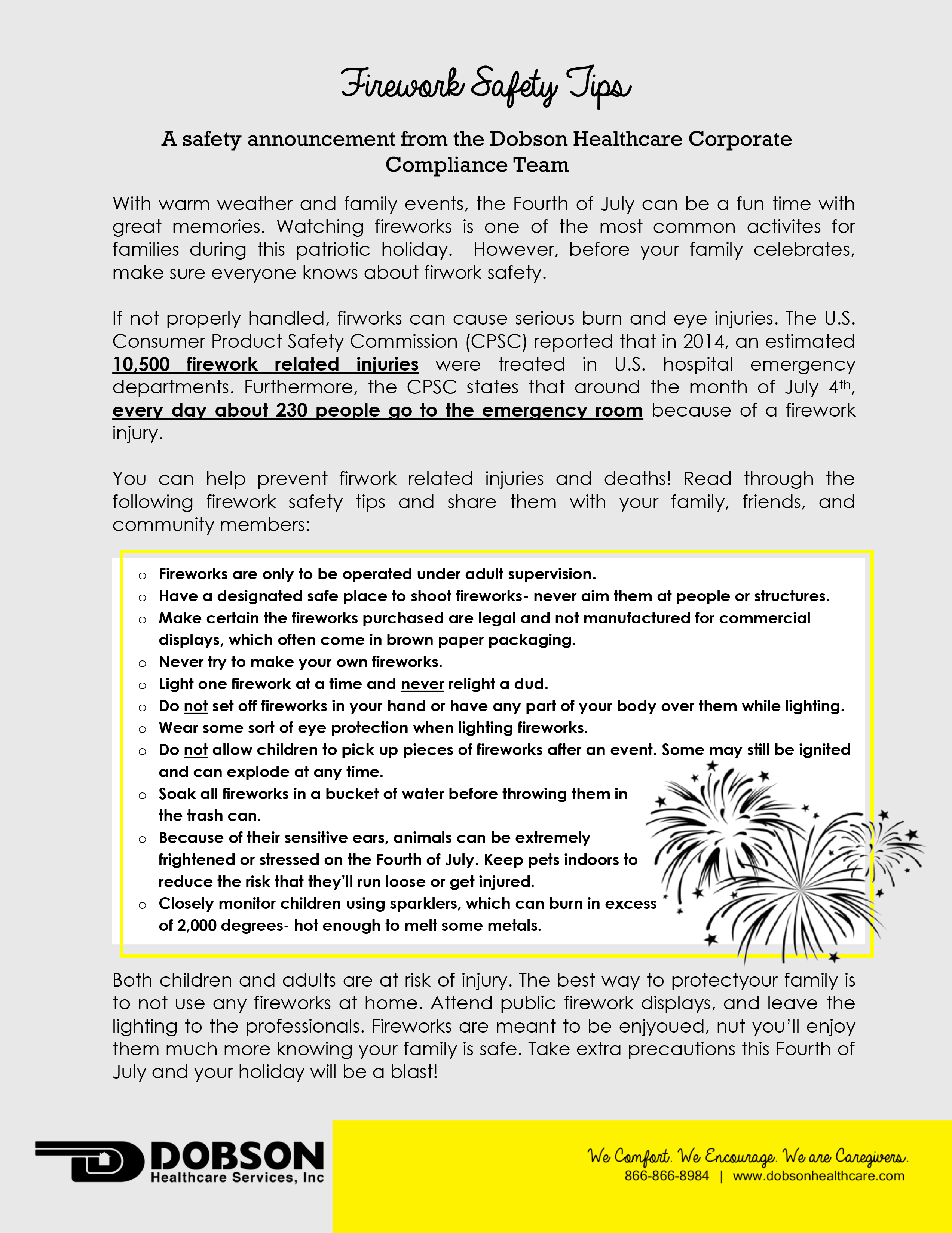
June 19th is observed as World Sickle Cell Day. It is a day to educate the world and increase awareness about Sickle Cell Disease.
According to St. Jude Children’s Research Hospital,
Sickle Cell Disease is a group of blood disorders that prevent the normal flow of blood in the body because of the effect on hemoglobin withing red blood cells.
In the United States, Sickle Cell Disease is the most common inherited blood disorder, affecting the lives about about 100,000 Americans. With early diagnosis and treatment, the life expectancy of children with the disease is increasing- many living to age 50 or older. There are three different forms of the blood disease: Sickle Hemoglobin C disease, Sickle Beta Thalassemia disease, and Sickle Cell Anemia (the most common of the three). Below is a infographic by St. Jude so you can learn more about the disease.

Our offices will close at 5p on 11/22/17 and will not re-open until 11/24/17 at 8:30a. We will be closed during normal business hours on 11/23/17 in observance of Thanksgiving.
As always you may reach our oncall team 24/7 at 866-866-8984.
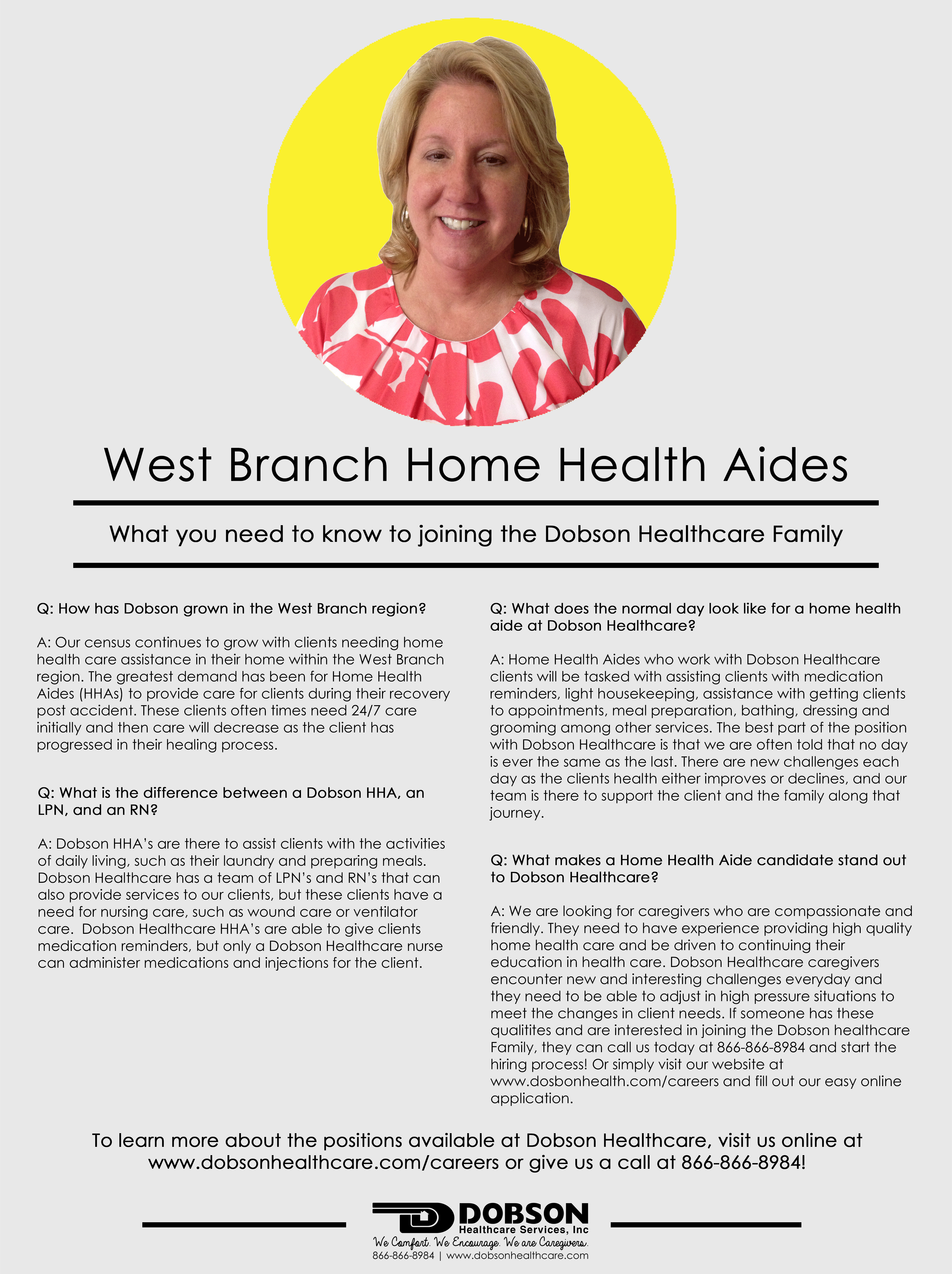
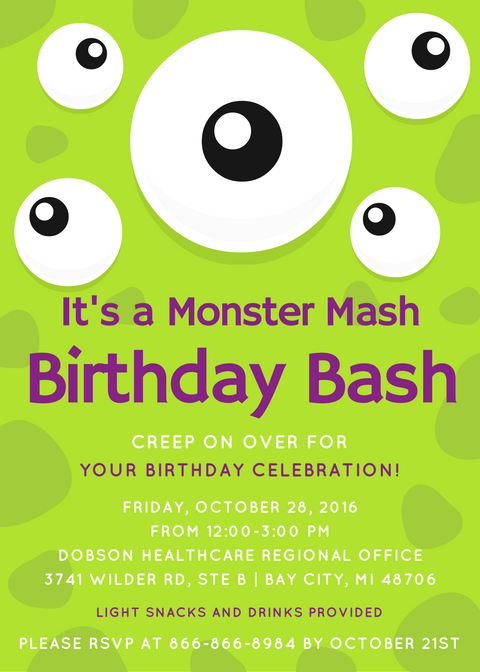
Breast Cancer Survivor
 On June 3, 2015, I received the devastating call that my breast biopsy was malignant, including lymph nodes, making it at least stage 3. I was 34 years old, and 26 weeks pregnant. I had originally thought the swelling was due to pregnancy and put off mentioning it to my doctor for months, but as it had rapidly grown in the preceding few weeks, I knew deep down it was something more.
On June 3, 2015, I received the devastating call that my breast biopsy was malignant, including lymph nodes, making it at least stage 3. I was 34 years old, and 26 weeks pregnant. I had originally thought the swelling was due to pregnancy and put off mentioning it to my doctor for months, but as it had rapidly grown in the preceding few weeks, I knew deep down it was something more.
Lesson 1: See your doctor ASAP if you think something could be wrong, and follow your instinct! My husband and I had two other daughters, ages 8 and 9 at the time, and that night all I could do was hug them and let fears flood my mind of leaving them motherless. The next few weeks were a blur. The doctors moved incredibly fast, which scared me (they made it clear this was VERY serious!), and within a week of diagnosis I was introduced to my oncologist, given a treatment plan, went through X-rays and ultrasounds to check for metastasis (couldn’t do any comprehensive body scans due to pregnancy), had a port surgically placed in my chest, and completed my first round of chemotherapy. As I finished out my pregnancy that summer while going through chemotherapy every 3 weeks, I was overwhelmed with love and support from my coworkers, friends, family, and neighbors. In a heartbeat I had realized how short life can be and how precious love and friendships are.
Lesson 2: Accept help from others! This is no time to pretend you can do this alone! Meals, offers to babysit, flowers and cards of encouragement were so helpful and uplifting. I also had two women who had been through breast cancer swoop into my life and take me under their wing, giving me advice, telling me what to expect, shopping for wigs with me, and generally holding my hand in every new stage of treatment. I could not have gotten through it without them.
Lesson 3: Find someone who has been through this and can “mentor” you! Throughout my treatment, my Bible and my relationship with God gave me a strong sense of peace and took away my worry. A few weeks into treatment, I found a Bible verse that spoke to me. James 5:14-15: “Is any one of you sick? He should call the elders of the church to pray over him and anoint him with oil in the name of the Lord. And the prayer offered in faith will make the sick person well; the Lord will raise him up.” So that is just what I did, and I trusted God would make me well.
Lesson 4: Trust in God!!! My beautiful baby was induced and born on August 18, 2015 at 35 weeks. She was a little small (5 lbs 15 oz) but healthy and perfect! We went home the next day, and I was able to now start more intensive chemotherapy for the next 12 weeks. I finished around Thanksgiving and scheduled my bilateral mastectomy with immediate reconstruction in early January. I had never had a major surgery in my life, but all went well and I recovered quickly. Again, I accepted help with the baby from my mom and mother-in-law, since I was not able to lift her for a few weeks. In March and April of 2016 I underwent 28 days of radiation, and I am currently still receiving Herceptin intravenously every 3 weeks until September, when I will be FINISHED with all treatments!
In a weird way I am thankful for this experience. It has made me a stronger person, and a better person, and I now have a strong sense of what matters in life. The most important and final lesson is: Don’t give up hope, and choose to have a positive attitude. I have witnessed many loved ones drag painfully through cancer treatment and others bounce through with flying colors, and the difference always seems to be in their attitude!
This Breast Cancer Story was originally posted on the Susan G. Komen Breast Cancer Foundation, Inc. website.
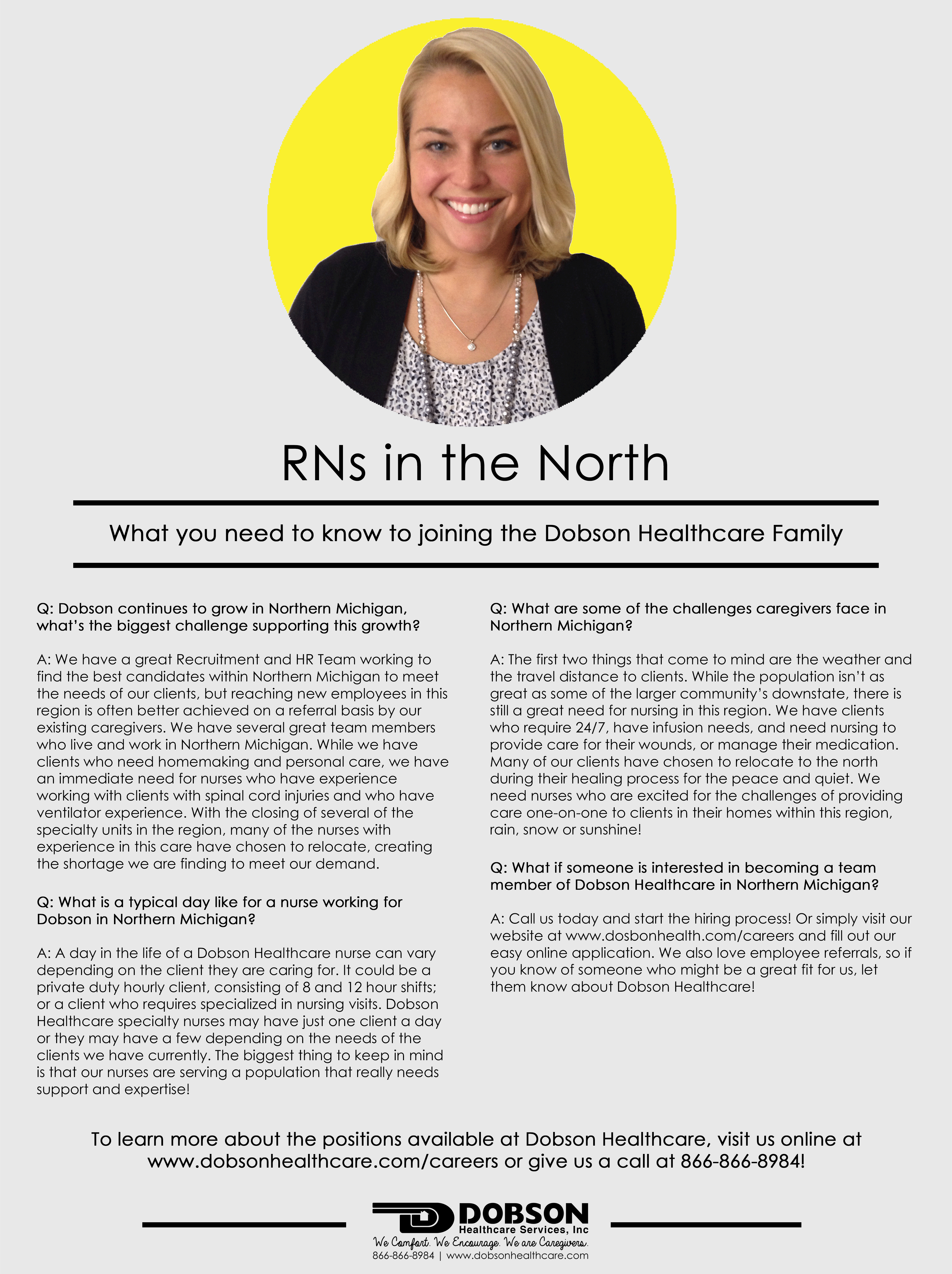
In her presentation to the Senate Caucus on International Narcotics Control, Nora D. Volkow, M.D. declared, “To address the complex problem of prescription opioid and heroin abuse in this country, we must recognize and consider the special character of this phenomenon, for we are asked not only to confront the negative and growing impact of opioid abuse on health and mortality, but also to preserve the fundamental role played by prescription opioid pain relievers in healing and reducing human suffering.”

Opioids are a class of prescription medication taken to relieve pain. Because of their ability to alleviate pain and, in some cases, cause a euphoric response, many individuals have become physically dependent and/or addicted to the prescription drugs. Members of the Dobson Healthcare team attended the Grand Rapids Adjusters Association (GRAA) meeting this week to learn more about the Opioid Epidemic that is striking many of our chronic pain clients. Pain is considered “chronic” after 90 days or more usage of opioids under a physicians watch. This is a hot topic with auto insurance adjusters as well as Workers Compensation case managers. Recently, the State of Michigan has introduced the Michigan Automated Prescription System (MAPS) system; a program to better manage these clients and find ways to meet their pain management needs without causing more health issues for them or, for some, resulting in death. By the State of Michigan working with physicians, dentists, pharmacists, nurse practitioners, and other healthcare industry leaders, we can assist in the prevention of prescription drug abuse and end the opioid epidemic.
To learn more about MAPS and the Workers Compensation Agency’s involvement, please visit www.michigan.gov/wca.
Department of Licensing and Regulatory Affairs. (n.d.). Michigan Automated Prescription System (MAPS). Retrieved October 05, 2016.
National Institute on Drug Abuse. (n.d.). How do opioids affect the brain and body? Retrieved October 05, 2016.
Volkow M.D., N. D. (2014). America’s Addiction to Opioids: Heroin and Prescription Drug Abuse. National Institute on Drug Abuse. Retrieved October 05, 2016.

